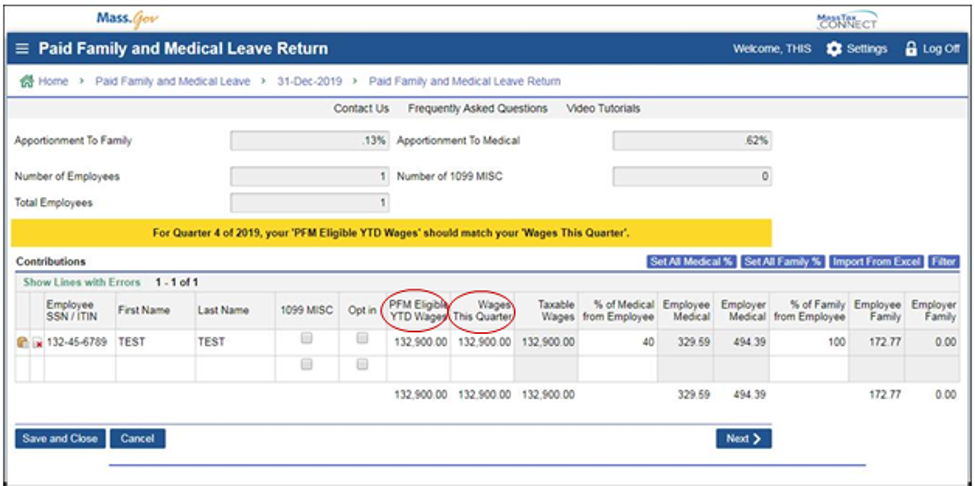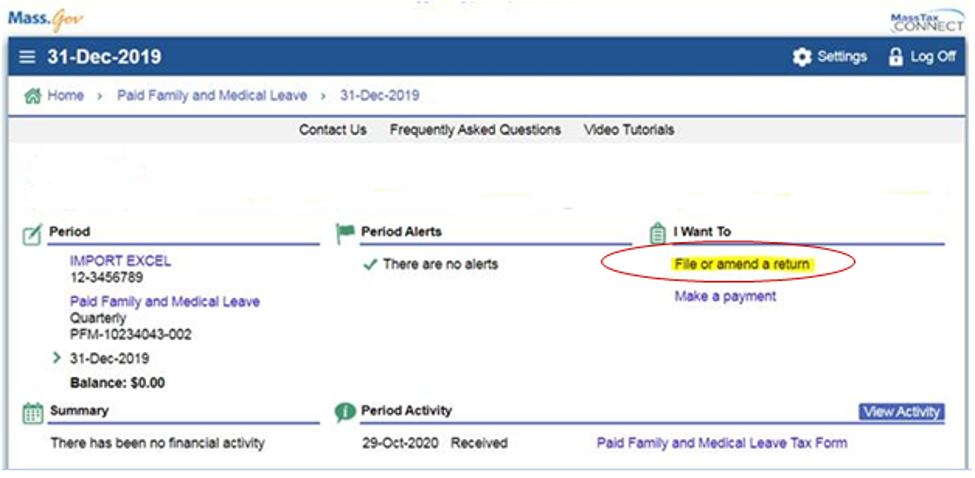Preventing Frozen Pipes for Business

Cold temperatures can reach areas of your facility that you seldom visit or cannot see, such as:
- Crawl spaces
- Closets
- Enclosed spaces (e.g., attics, lofts, roof spaces)
- Warehouses
- Isolated storage areas
Strategies to Help Prevent Frozen Pipes
Some prevention strategies to consider:
- Properly insulate and/or provide approved heat tracing for water-filled pipes located in exterior walls or unheated spaces.
- Drain any piping that is not required during the winter months.
- Maintain a minimum temperature of 40° F (4.4° C) in building areas with processes susceptible to freezing, wet-pipe sprinkler systems, fire pump houses and dry-pipe valve enclosures.
- Ensure that anti-freeze sprinkler systems have sufficient concentration (appropriate specific gravity readings) of antifreeze to withstand freezing weather.
- Inspect dry systems to help ensure air settings are correct, air maintenance systems are in good operating condition, and any pipe closets are well insulated. If any heat tape or heating systems are being used, ensure that they are UL-listed for this specific purpose and are in good operating condition. Dry-pipe sprinkler systems low points and auxiliary drains should be opened and drained of any water or condensation.
- Any branch lines on wet sprinkler systems exposed or subject to extreme cold weather should be insulated and heat traced. Electric heat tracing products should be UL-listed for this specific purpose.
- Fire pump test headers should be checked to ensure they have been properly drained.
- Fire pump and dry-pipe sprinkler system equipment rooms should be checked routinely to ensure the heaters are in good operating condition.
- The use of low temperature supervision can help to ensure rooms are being properly heated.
https://www.travelers.com/resources/facilities-management/preventing-frozen-pipes-for-businesses







 As we settle into winter, it is an appropriate time to revisit the issue of liability from slip and falls (S&F). As mentioned in prior Cleary Quarterly articles, Massachusetts laws have changed, making it easier to establish liability to those involved. As such, we are seeing an increasing number of slip and fall claims filed against our clients. When someone is injured, who is responsible?
As we settle into winter, it is an appropriate time to revisit the issue of liability from slip and falls (S&F). As mentioned in prior Cleary Quarterly articles, Massachusetts laws have changed, making it easier to establish liability to those involved. As such, we are seeing an increasing number of slip and fall claims filed against our clients. When someone is injured, who is responsible?
